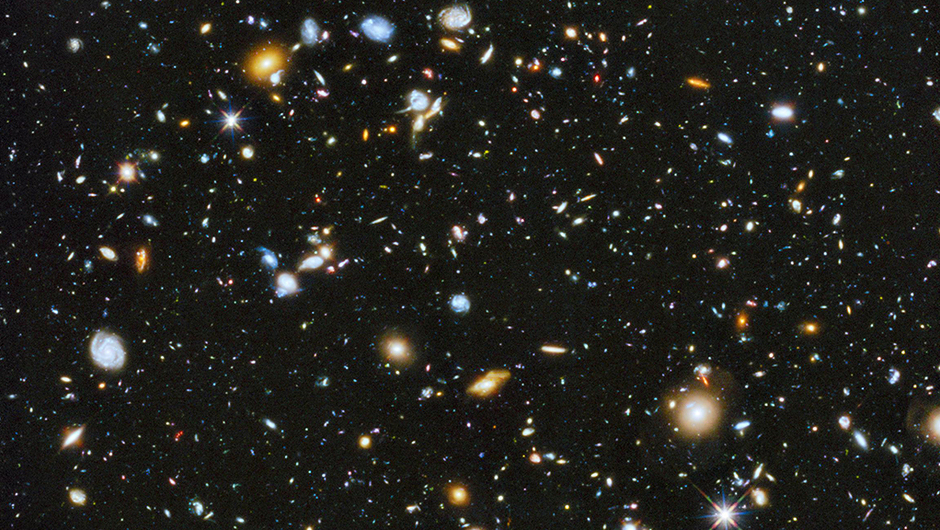1374 BC Ugarit (Syria), Astronomy: A solar eclipse was observed and recorded in Mesopotamia by Assyrian stargazers, who wrote that ‘the Sun went down in the daytime.’ Ugarit is on the Mediterranean coast of Syria as indicated below.
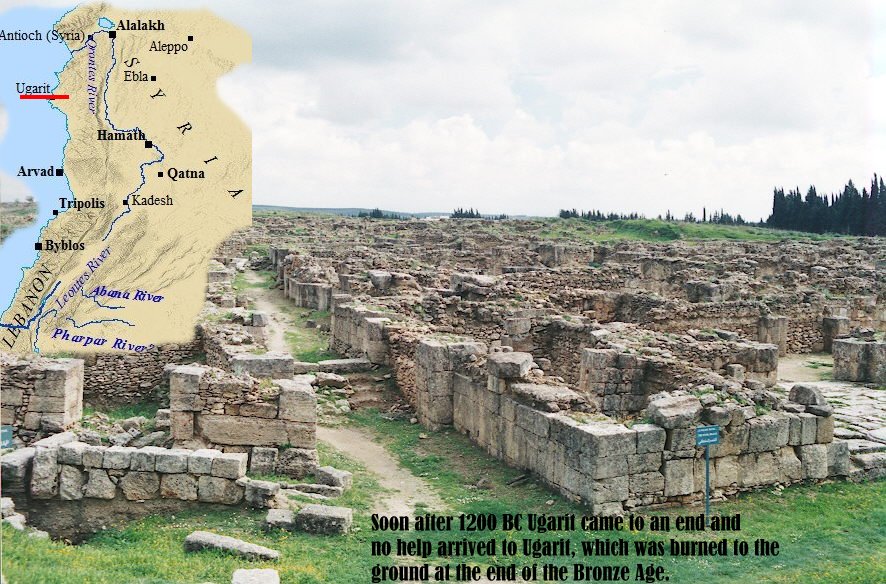
1469 Florence (IT), History: To Bernardo and Bartolomea was born a son, Niccolò Machiavelli. We know a little about his schooling from Bernardo’s day book of expenses, but after about age fourteen he disappears until taking office at twenty-nine. Births and deaths do not usually make this summary but Machia is an exception.
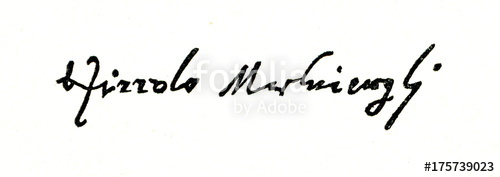
1841 Auckland, History: New Zealand was declared a colony separate from New South Wales and has stayed separate since, and proud of it!
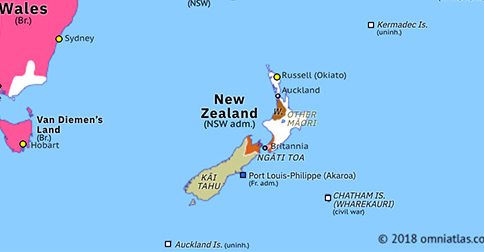
1958 Truman Capote published ‘Breakfast at Tiffany’s’ and no one noticed Holly Golighty until 1961 when along came Edda Kathleen van Heemstra (Hepburn-)Ruston.
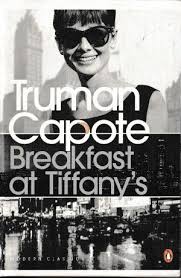
1978 Maynard (MA), Technology: Gary Thuerk of the Digital Equipment Corporation sent a marketing email to 400 users on ARPAnet, which had 2600 users in all. The managers of ARPAnet quickly censured the unwanted solicitation but it was the birth of spam as we know it. The term ‘spam’ was ostensibly derived from a Monty Python skit where a waitress recites a menu in which every item includes spam. It is on You Tube. There is in Honolulu a is a spring festival of …. SPAM, which we have visited to verify its reality. Wikipedia offers an explanation of this oddity. What we know is that Honolulu is only place we have seen spam sushi.
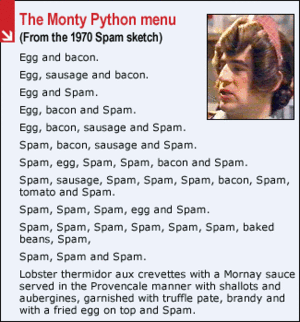
Category: Practice
2 May
1611 London, Religion: Commissioned by the king in 1604, working from Hebrew texts, forty-seven savants completed a new translation of “THE HOLY BIBLE, Containing the Old Testament, AND THE NEW: Newly Translated out of the Original tongues: & with the former Translations diligently compared and revised, by his Majesties special Commandment.” Thomas Hobbes in 1651 (Leviathan) was one of the first to refer to it as the ‘King James Bible’ and that entered common parlance (without a possessive apostrophe, it must be said). This regally sanctioned edition is replete with emancipatory rhetoric that would be invoked in the French Revolution, by abolitionists, and many others attacking authority. It was the version favoured by the church school I attended. See the book pictured below for Enlightenment. I saw Bragg interviewed about this book by one of the darlings of ABC journalism who was uninformed, ignorant, and aggressive to compensate for being unprepared.
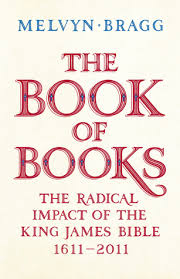
1670 Quebec, Commerce: The Hudson Bay Company (HBC) (Compagnie de la Baie d’Hudson), or The Bay, received a permanent royal charter granting it a monopoly trade in furs over the expanse shown below. Most of the members of the company at this time were French. It remains in business as a department store, having outlasted such rival European trading companies as the Dutch East India Company, the Dutch West India Company, the South Sea Company, Jacob Astor’s American Fur Company, the Royal African Company, and the mightiest of all, the East India Company. Shopped in more than one.
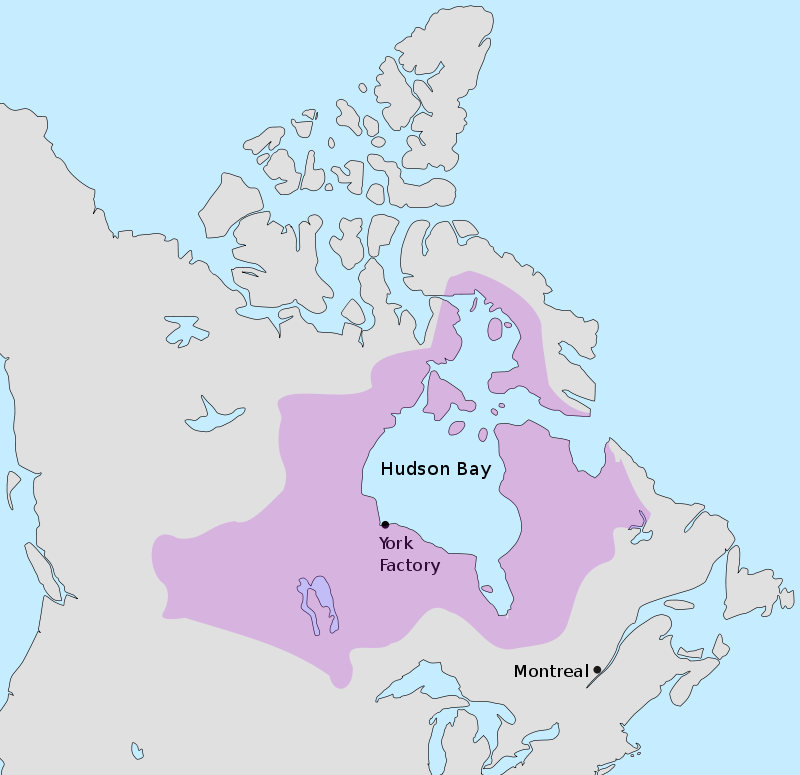
1829 Fremantle (WA), History: Captain Charles Fremantle of HMS Challenger hoisted the Union Jack and claimed the area for the crown of England. This is one of the last parts of Australia to be claimed. The Swan River had been so named by the Dutchman Willem de Vlamingh in 1697 because of the black swans he saw. Been there a few times.
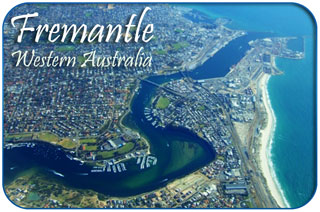
1885 Holyoke (MA), Literature: Good Housekeeping debuted. It offered information about running a home supplemented with literary offerings, and solicitation of reader questions, suggestions, and contributions. In 1900 it began testing consumer goods. In 2006 there were 4.6 million paid subscriptions. Its authors have included Somerset Maugham, Edna St Vincent Millay, and Evelyn Waugh. Seen it in passing, of course, but never looked at one. My loss.
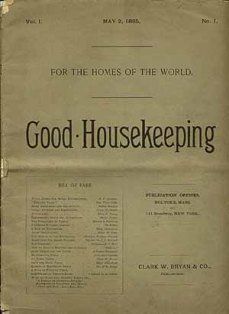
1989 Budapest, Politics: Hungarian border guards turned blind eyes on East Germans passing through Hungary to Austria: tens of thousands of them. The Berlin Wall was circumvented and the Iron Curtain lifted.
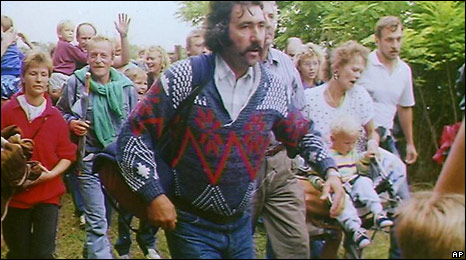
1 May
1851 London, Culture: The Great Exhibition opened in the purpose built Crystal Palace, a giant glass-and-iron hall. There were 14,000 exhibits covering eight miles of tables over nearly a million square feet. Many of the displays were new technologies of the time, including false teeth. But the Crystal Palace itself was the centrepiece. After the six months of the Exhibition it was moved to Sydneham and substantially rebuilt, bankrupting the consortium that owned it. There was no money for upkeep and the iron rusted, and the glass was pitted by pollution, dirtied, and cracked. In 1936 it was ravaged by fire. While arson was suspected no charges arose, and the building was so under-insured it could be neither repaired nor re-built. It was the first World’s Fair and another soon followed in 1853 in New York City.
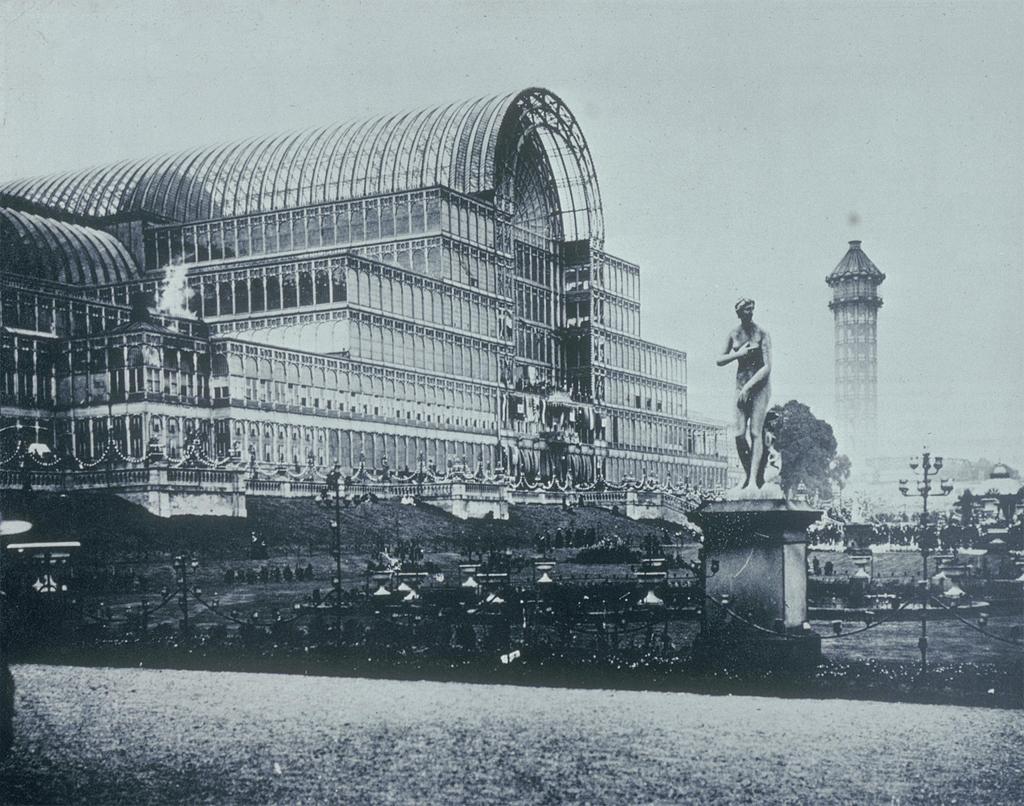
1886 Paris, Labour: May first has long been the first day of spring in the Northern Hemisphere. After the Haymarket Strike and Massacre, a gathering of international labour leaders called for a day of remembrance and to continue to campaign for an eight-hour day of work. 1 May became Labour Day. Over time the name has been changed and changed back and in some jurisdictions the date has been shifted to September, but it started in Chicago and was christened in Paris. The Labour Day parade shown below was in Brizzy a few years ago.
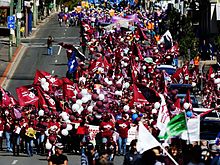
1926 Dearborn (MI), Industry: The Ford Motor Corporation adopted the forty hour week for its employees. It the first major corporation to do so. See the entry for 1886 above for some context.
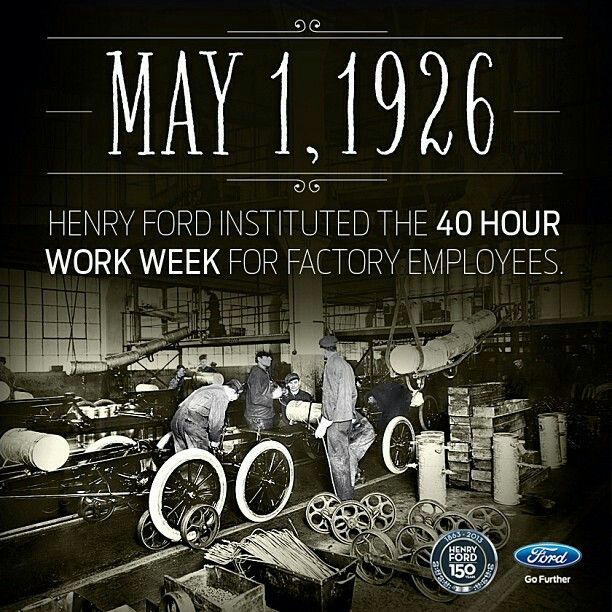
1931 New York City, Architecture: The Empire State Building was dedicated by President Herbert Hoover who pressed a switch in his White House office to turn the lights on in New York City. The consortium lead by John D Rockefeller which funded it did so in part to show confidence in the economic recovery of New York City. The entire building went up in just over a year, under budget and well ahead of schedule. During certain periods of building, the frame grew an astonishing four-and-a-half stories a week.
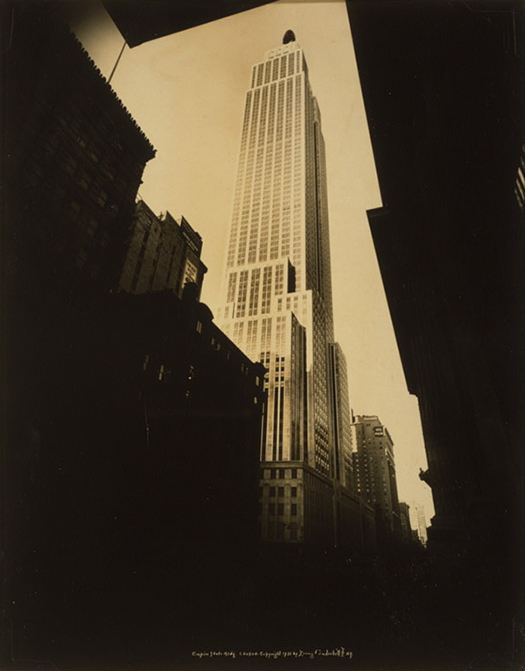
1941 New York City, Cinema: In the RKO Palace Theatre Citizen Kane premiered. The Hearst Empire — think Murdoch — attacked the film for its portrayal of a thinly disguised megalomaniac named William Randolph Hearst long before its release so that the Radio City Music Hall refused to screen it fearing commercial reprisals, relegating it to a smaller, more out of the way theatre but adding to the publicity.
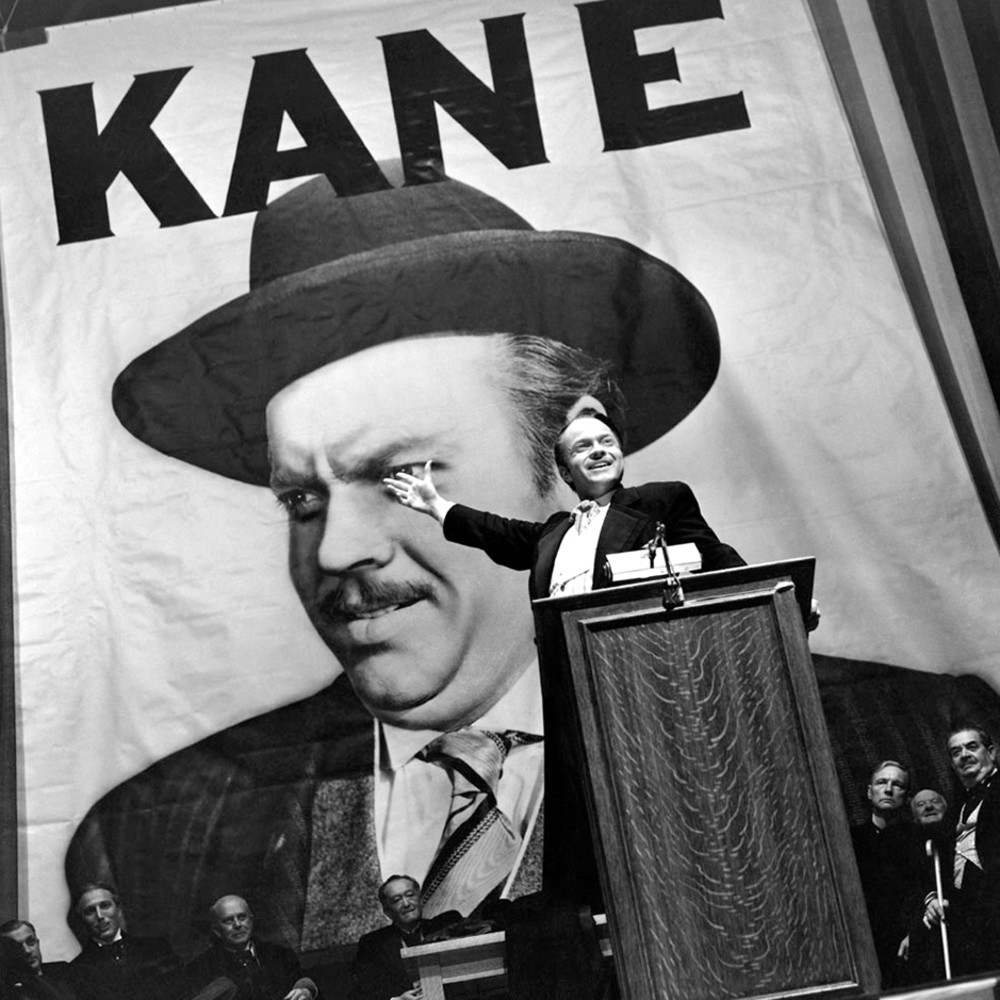
30 April
1661 Tai Pei, History: The Dutch established a fort called Zeelandia on Formosa to protect the trade of the Dutch East India company in north Asia.
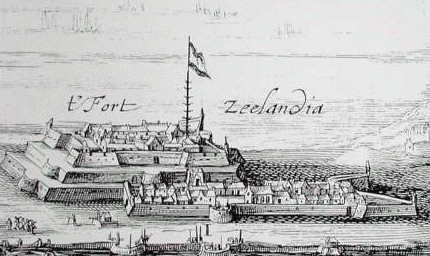
1948 Bogota (CL), Politics; The Organisation of American States treaty was signed by eighteen nations as the successor to the Pan American Union first proposed by José de San Martín and Simón Bolívar in 1826. The OAS was a creature of the Cold War and has fostered peaceful conflict resolution and democratic practices among its now thirty-five members. It has also worked against the traffic in drugs, while promoting freer trade among its members. The image below shows the network of cooperation among its members. Note that Canada did not join until 1990.
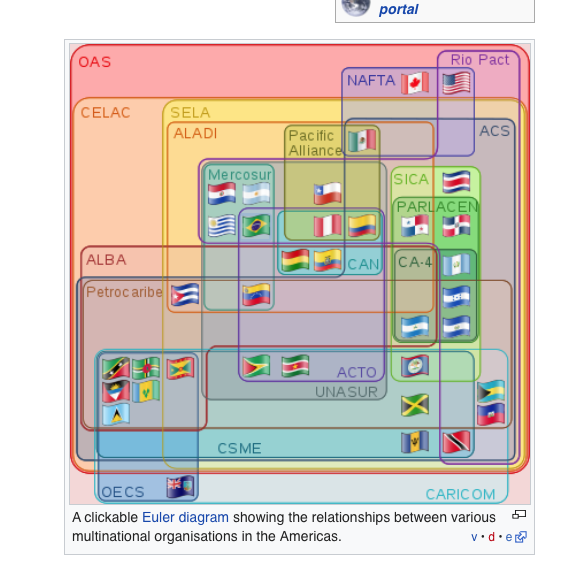
1948 Amsterdam (NL), Technology: The Land Rover was revealed in an automobile show. It was built as a general purpose working vehicle that could tow another, take a load, winch itself out trouble, pass through mud holes, and keep going and going, all in para-military green and khaki. Seat cushions, doors, heating, spare tires were not included. In 1976 the one millionth Land Rover came off the assembly line in Birmingham.

1987 Gatineau Park (QC), Politics: The Meech Lake Accords were signed by Canadian Prime Minster Brian Mulroney and the ten premiers. It accommodated Quebec’s ambitions to be a ‘distinct society,’ but left open the future of indigenous peoples. These two features aroused subsequent opposition and ratification by provincial legislatures failed. Intended to quell separatism in Quebec, the result stimulated it. Mulroney went into the conference with the largest majority ever held in the House of Representatives, but by 1993 his Conservative Party was reduced to two seats of 295.
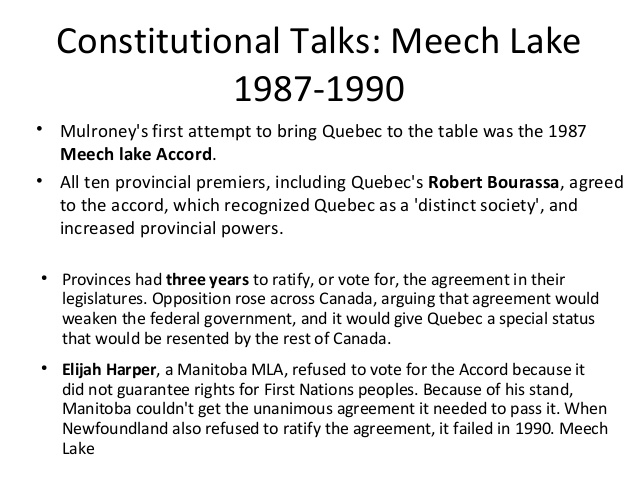
1993 Geneva (CH), Technology: CERN published the protocols of the World Wide Web in the public domain, free to one and all. Get clicking!

29 April
1624 Paris, Politics: Louis XIII appointed Cardinal Richelieu chief minister of the Royal Council of France, making visible and official the Cardinal’s pervasive influence as l’Éminence gris. He advocated exploration and settlement in New France (Quebec), funding Samuel de Champlain’s expeditions. He was also busy with Les Trois Mousquetaires as seen below.
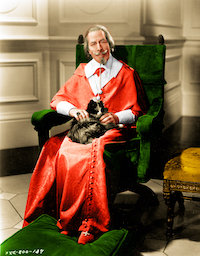
1769 Glasgow, Engineering: James Watt secured Patent 913 for ‘A method of lessening the consumption of steam in steam engines’ – the separate condenser which remains in common use. It increases the efficiency of steam engines.
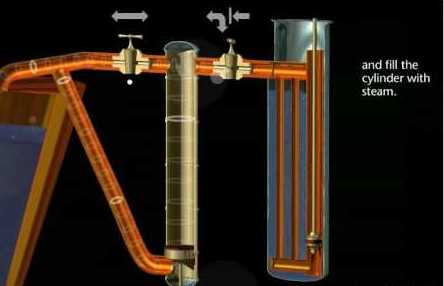
1852 London, Language. Physician Peter Roget published the ‘Thesaurus.’ He had been an inveterate list maker since childhood, compiling word lists all along and when he retired from medicine at sixty, he devoted himself to words full time. The complete title of the first edition is ‘Thesaurus of English Words and Phrases Classified and Arranged so as to Facilitate the Expression of Ideas and Assist in Literary Composition.’ It went through twenty-twenty-eight printings in his life (he made it to 90) and more thereafter with revisions. I have used it a lot, especially in thesis writing to find le mot juste and vary word choice.
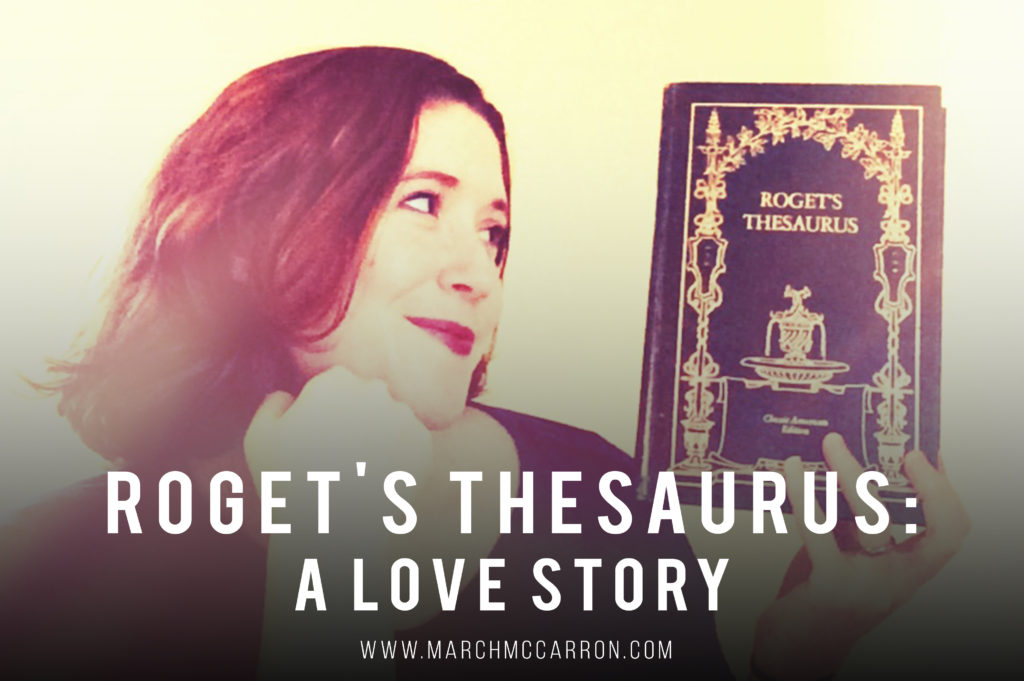
1917 St Catherines (ON), Technology: Swedish-born immigrant Gideon Sundback patented an all-purpose Y-fastener. It was one of many hooks and fasteners he devised. The term ‘zipper’ came a few years later when it was used for boots. Much later the zipper made it to clothing.
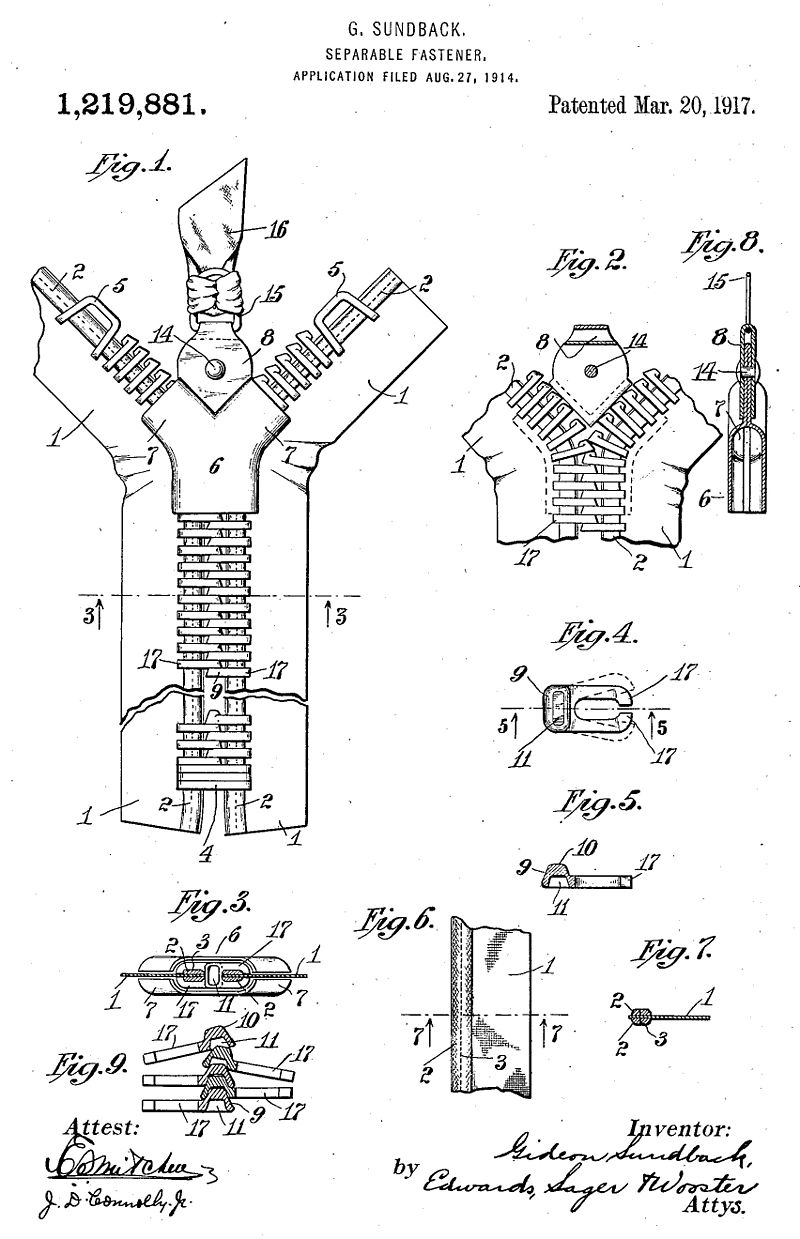
1927 Rockbank (VI), Technology: The Imperial Wireless Service between Australia and Britain began. It provided high speed telegraphy and radio pictures. At its peak Rockbank had 94 antennas and three steel masts of 75 meters height. One transmitter remained in service until 1969. The buildings were called Fiskville in honour of the engineer who built it, a Mr Fisk. It is 60 kilometres east of Melbourne and much of the site is preserved. One of the first buildings is shown below.
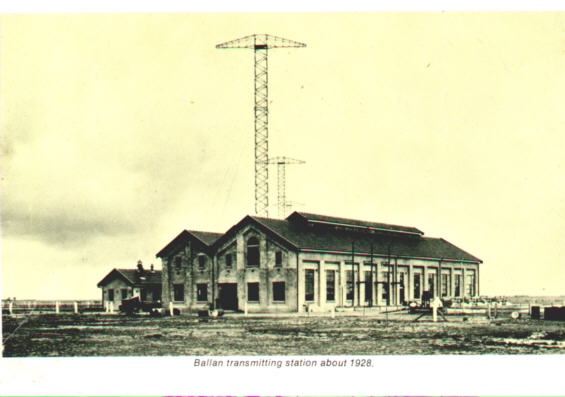
28 April
1611 Manila, Philippines, Education: This is the foundation date of the Pontifical and Royal University of Santo Tomas, The Catholic University of the Philippines, oldest existing university in Asia and largest Catholic university in the world with 45,000 enrolments in 2017. Never been there but when in search for Machiavelliana I had an email correspondence with Machiavelli Chocolatier – Glorietta Mall in Manila. I was trying to mail order some of the product but the effort came to naught.
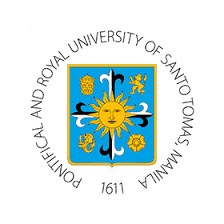
1789 Pitcairn Island, History: The Mutiny on the HMS Bounty was led by a badly miscast Omahan Marlon Brando. I know because I have seen the movie. Captain Bligh was later in New South Wales and precipitated the Rum Rebellion when he tried to sober up the soldiery. No prizes for guessing who won that one. We live in an area once called the Bligh Estate, land which he left to his daughter Elizabeth, who married Maurice O’Connell, ergo O’Connell Town, an enclave within Newtown. Got it?
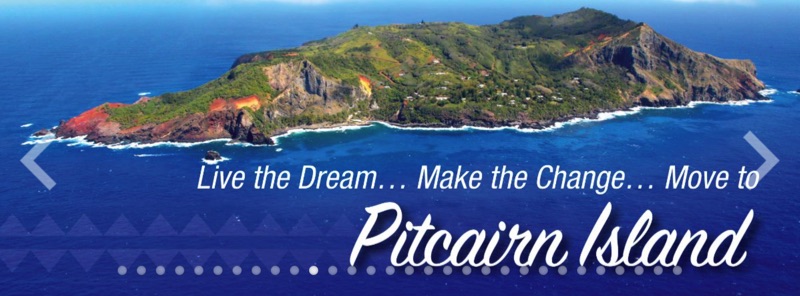
1925 London, Literature: Faber and Faber publishers hired St Louis-born T.S. Eliot as an editor, allowing him to quit his job as a bank clerk at Lloyd’s of London, and devote himself full time to penning ever more incomprehensible, baffling, impenetrable, and obscure poetry that has kept the talking heads busy explaining it. Eliot had to work hard at achieving what he achieved as shown in marked up text below. Small solace for us auditors and readers.
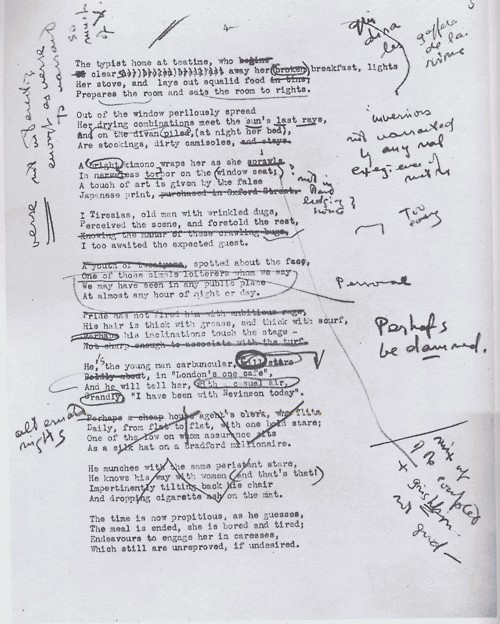
1937 New York City, Medicine: Yellow Fever vaccine announced. The fever had spread with increased world transportation in the early 20th Century. In this year Max Theiler and Hugh Smith at the Rockefeller Foundation improved a vaccine so much that it was 99% effective. That vaccine, 17D, remains in use today until the anti-vaxxeers get to it.
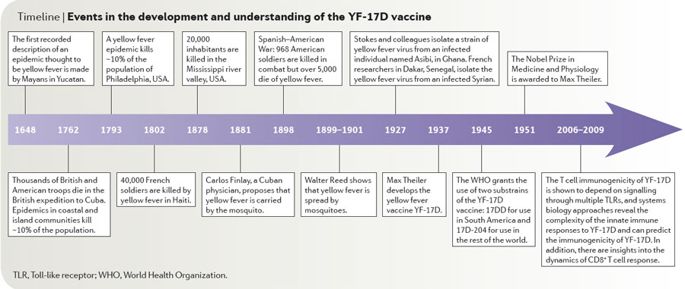
1967 Ïles Sainte-Hélène y Notre Dame (QC): On the hundredth anniversary of Canadian Federation, the World’s Fair Expo 67 was held. Fifty million visitors passed through 90 pavilions from 62 countries and corporations. It left behind mountain of unpaid debts from the construction and Habitat 67, one of the constructs, 354 concrete boxes which the undergraduate designer thought preferable to houses or apartments. Most are one bedroom. It could be worse, the original design called from 1000 such blockhouses. This event was the model of the 1976 Olympics which left behind even larger debts and larger white elephant. Yes, he was an undergraduate when he concocted it, and he is on the TED trail even now justifying it. Get over it!
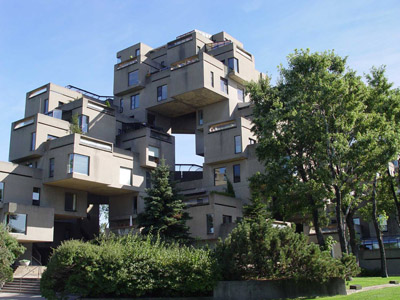
27 April
1509 Venice (IT), Religion: Pope Julius II ex-communicated the state of Venice. The Venetian Senate kept this fact secret from its population and the word did not get out. When the geo-political situation changed, the Pope rescinded it. If one thing distinguished Venice, it is the ability to keep secrets, those masks are more than symbolic, as indicated in the books on Venice discussed elsewhere on this blog, as well as Donna Leon’s krimis.
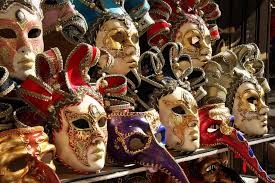
1895 Colombo (SL), Technology: The World Transportation Commission visited Ceylon. The Commission was sponsored by the Field Museum in Chicago to gather information about foreign transportation systems, especially railroads. It included engineers, photographers, artists, and translators on a three-year tour. Below is a street shot from the Commission. We have been to the Field Museum.
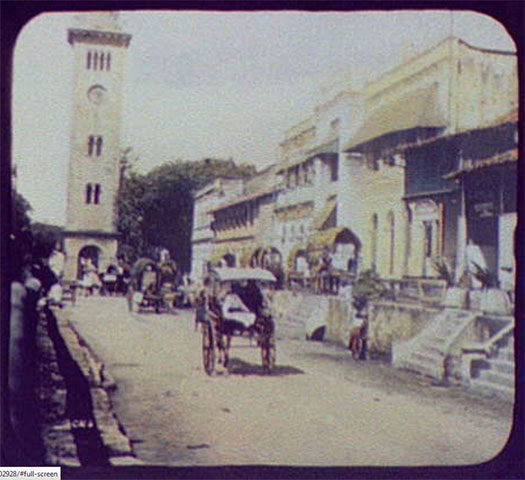
1904 Canberra, Politics: The first Labor government in the world is sworn in. Thirty-seven year old Chris Watson was Prime Minister. This government lasted until August 1904. By the way, Watson was born in Valparaiso Chile. He was the stepson of Mr Watson. He is in the centre of the front row below with cabinet members. Watson is a Canberra suburb where I stayed once when in residence at ANU.
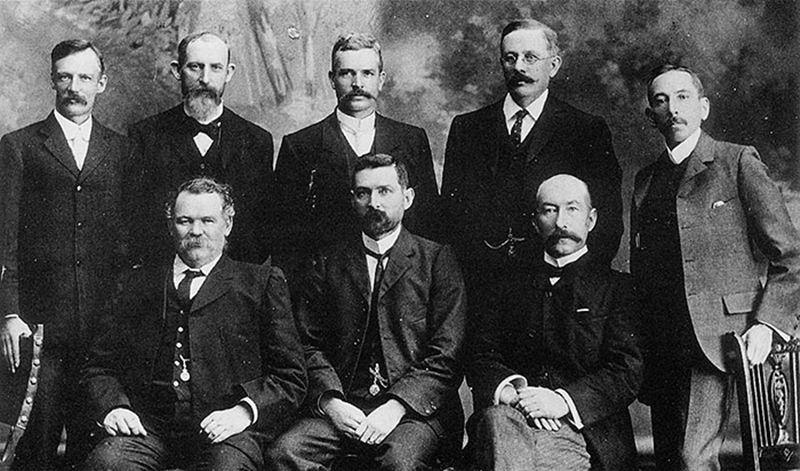
1971 Fremantle (WA), History: Relics and artefacts form the wreck of the Dutch trading ship Batavia (lost in 1629) were recovered. The Dutch government transferred all rights to its wrecks found in coastal waters to Australia, and these specimens are now in the Maritime Museum in Fremantle. We have been to this museum. The Batavia figures in Nicholas Hasluck’s intriguing novel ‘The Bellarmine Jug’ (1984).
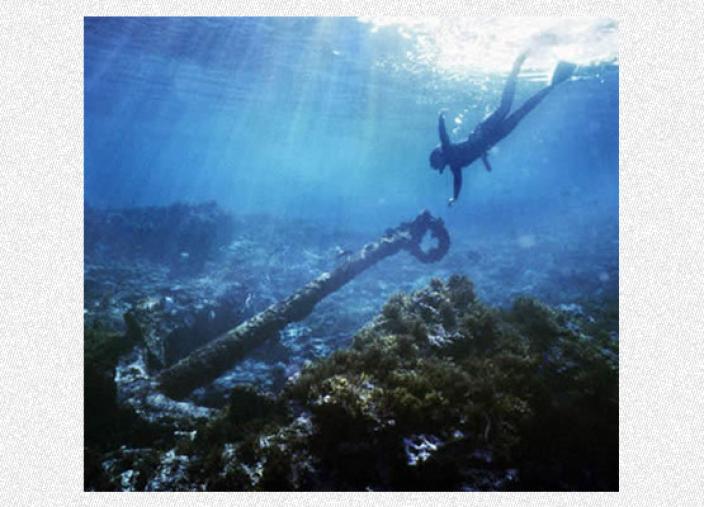
1981 Palo Alto (CA), Technology. Xerox included a ball mouse as part of the 8010 Star Information System workstation. Eeek! The mouse entered the marketplace.
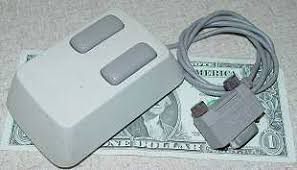
26 April
1336 Rousillion (FR), Tourism: Francesco Petrarch climbed Mont Ventoux for the pleasure of the view from atop. That such travel might be recreation was novel. Once there he contemplated nature. He then wrote about the experience; he is sometimes called the first tourist. Many Tour de France riders have climbed Mont Ventoux while contemplating human frailty.
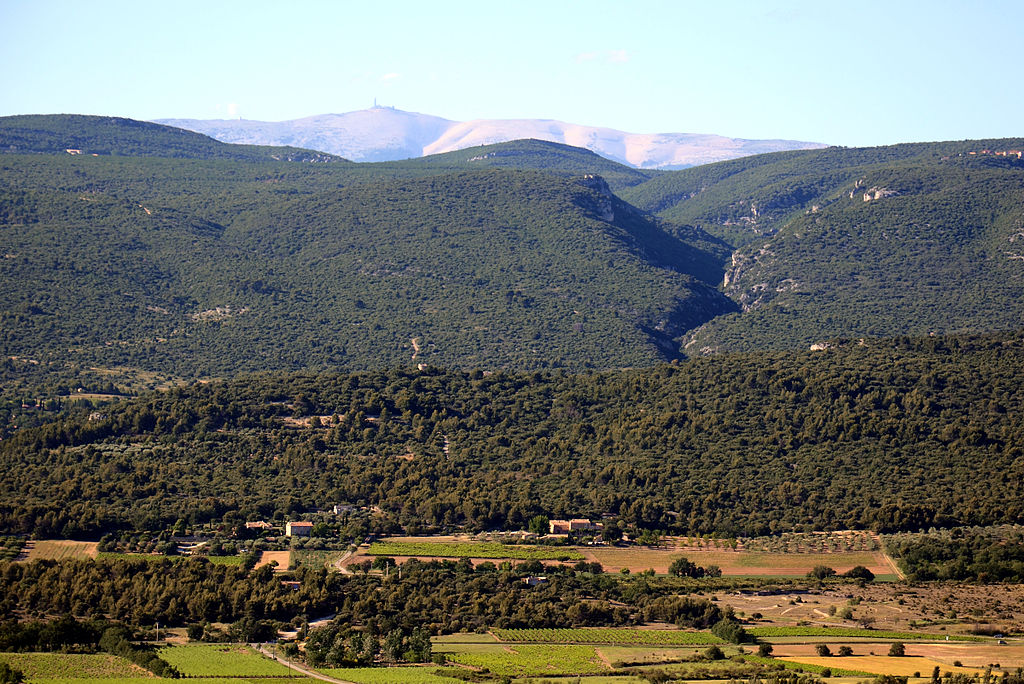
1890 Sydney, Literature: Banjo Paterson published ‘The Man from Snowy River.’ See the sun-baked ten dollar bill below. He also authored ‘Waltzing Matilda,’ which should be the national anthem instead of the snooze that is. Paterson seldom set foot outside Sydney but extolled the life of the bush.
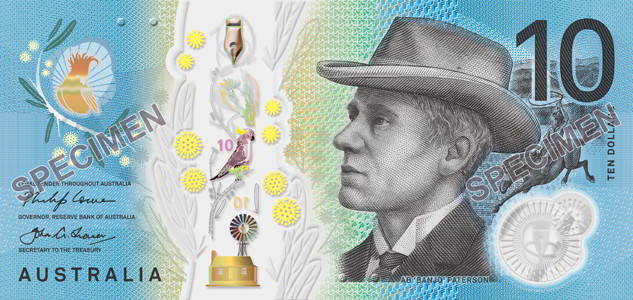
1929 Karachi (India), Aviation: Two RAF officers completed the first non-stop flight from Cranwell Base in Lincolnshire taking just under 51 hours, covering 4,130 miles in a Long-Range Monoplane. It is slightly longer than Charles Lindberg’s route from New York City to Paris of the same time.
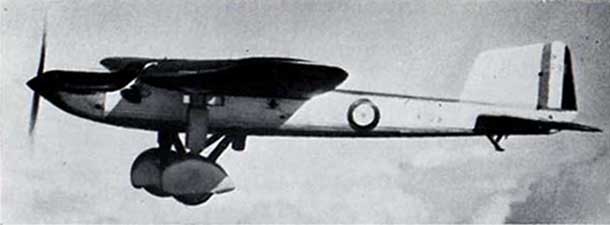
1939 Canberra, Politics: Robert Menzies became Prime Minister, and when he resigned in 1966 he was Australia’s long-serving prime minister.
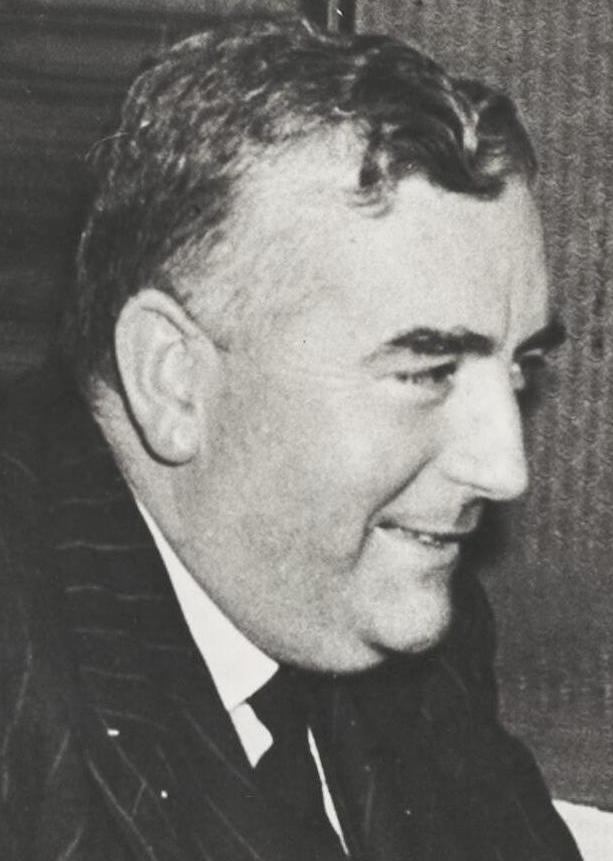
1994 Pretoria (ZA), Politics: A free and multi-racial vote elected Nelson Mandela president of the Republic of South Africa.
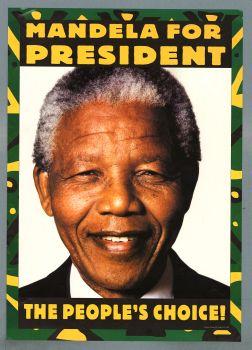
25 April – six not five.
1507 Sankt Didel (Germany), History: Cartographers Martin Waldseemüller and Matthias Ringmann were the first to use the name America on their world map “Universalis Cosmographia” based on the voyages of Columbus and Vespucci. Their map also showed the Americas as separate from Asia. Sankt Didel is now and was before Saint-Dié-des-Vosges in the much contested Lorraine.
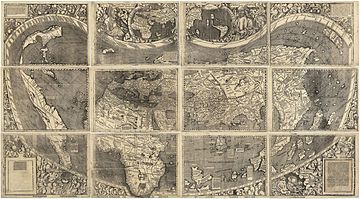
1719 London, Literature: Daniel Defoe published ‘Robinson Crusoe’ the full title of which is ‘The Life and strange Surprising Adventures of Robinson Crusoe of York, Mariner: Who lived Eight and Twenty Years, all alone in an un-inhabited Island on the coast of America, near the Mouth of the Great River of Oroonoque; Having been cast on Shore by Shipwreck, where-in all the Men perished but himself. With An Account how he was at last as strangely deliver’d by Pyrates.’ The novel has ruminations of humanity, equality, compassion, friendship, and empathy that are usually bleached out of it in the popular culture for a simple adventure. Below is a statue of Alexander Selkirk whose experiences inspired Defoe.
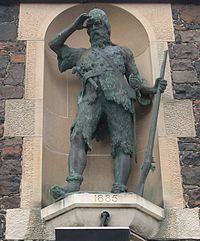
1896 Gawler (SA), Politics: Women voted! It was an election in the colony of South Australia. the legislation had passed in December 1894 and Queen Victoria gave Royal Assent in early 1895 in time for the next South Australian election. At the first reading of the legislation in 1894, while granting women the vote, the bill excluded women from serving in parliament. Hoping to sink the bill an outspoken opponent, one Ebenezer Ward, got that exclusion removed, and campaigned against the bill on the ridiculous but dreaded prospect of women voting other women into parliament! Too clever by half he was, because the bill passed.
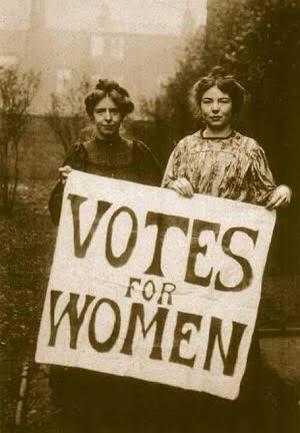
1928 Nashville (TN), Society: Morris Frank with Alsatian guide dog Buddy began a publicity tour to promote the use of seeing eye dogs. Access to public facilities from parks to banks, hotels, restaurants, libraries, trains, buses, hardware stores, town halls, hospitals, and so on was until then denied to all animals. He also wanted to encourage the rearing and training of seeing eye dogs in the United States. He had imported Buddy from a speciality breeder in Switzerland who had trained Buddy for the work.
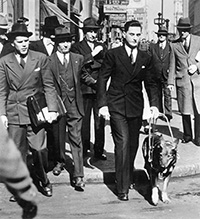
1954 Murray Hill (NJ), Technology: Daryl Chapin at Bell Labs demonstrated a solar battery made primary out of silicon, as in computer chips. He and his colleagues used the light from a flashlight to power a tiny windmill attached to the power cell. Shining the light on the cell caused the windmill to rotate as if by magic. We have a 4K set of solar panels on the roof.
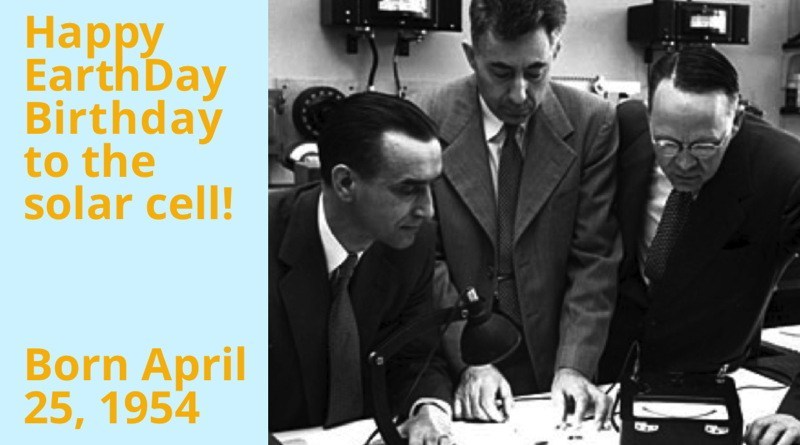
1959 St Lambert (Quebec), Technology: The St Lawrence Seaway was opened. Queen Elizabeth II cut the ribbon, observed by Prime Minister John Diefenbaker and President Dwight Eisenhower. It was a massive engineering project to allow contemporary ocean-going vessels to sail into the Great Lakes. Part of human cost is rendered in Anne Michaels’s ‘The Winter Vault” (2009). Her ‘Fugitive Pieces’ (1996) is unforgettable.
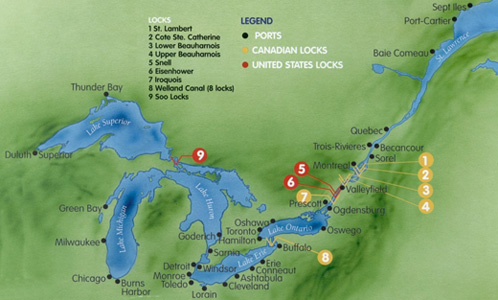
24 April
1184 BC Troy, History: This is the traditional date for the Greek infiltration of Troy and its subsequent destruction. The Iliad remains a remarkable book, the more so for its theme that the poet is greater than the warrior for without the poet, the exploits of the warrior would fade. We spent half-a-day tramping around the site. It was easy to see why the city on the hill dominated the vast plains around it.
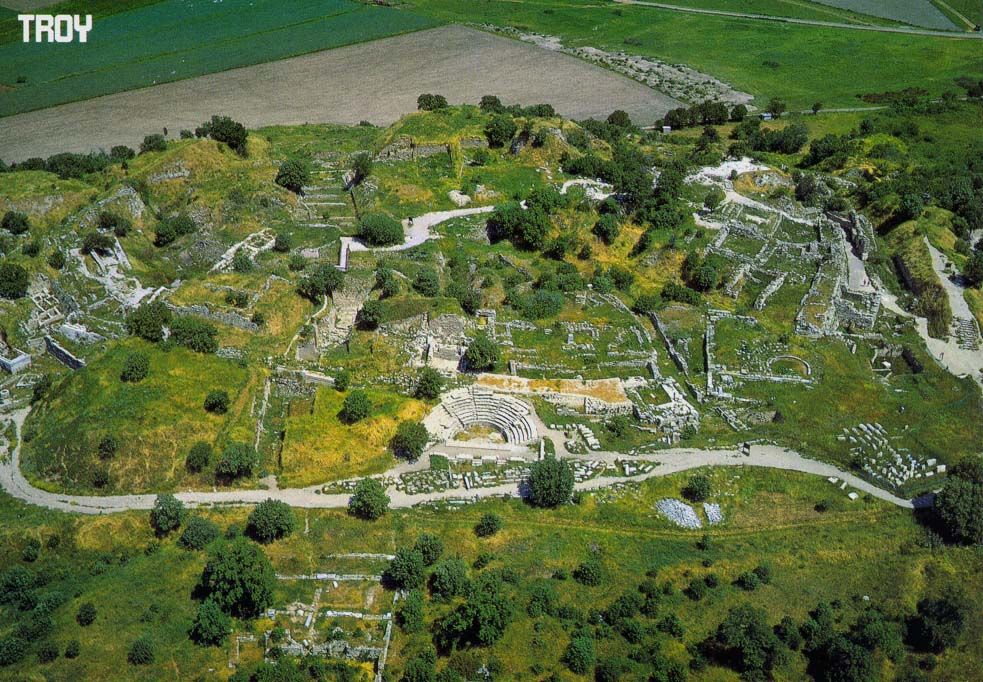
1066 Hastings, History: The first recorded sighting of Halley’s Comet in England. Both the Normans and the English took it as an omen. It was bad for Harold and good for William, as it turned out. Only when Edmond Halley established the regularity of the Comet and worked back through historical records was this sighting linked to the eponymous comet.
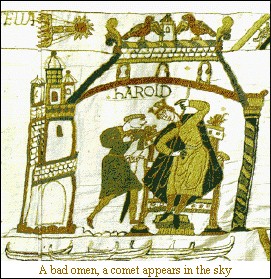
1800 D.C., Education: Second President John Adams approved a Congressional appropriation to purchase “such books as may be necessary for the use of congress.” The first purchases were 740 volumes and three maps. One of its three buildings is named for President Adams. From this seed grew The Library of Congress, which I have visited several times to use the reading room and the vast collection. An anecdote about one visit is to be found on this blog dated 15 March 2010. Click away for amusement.
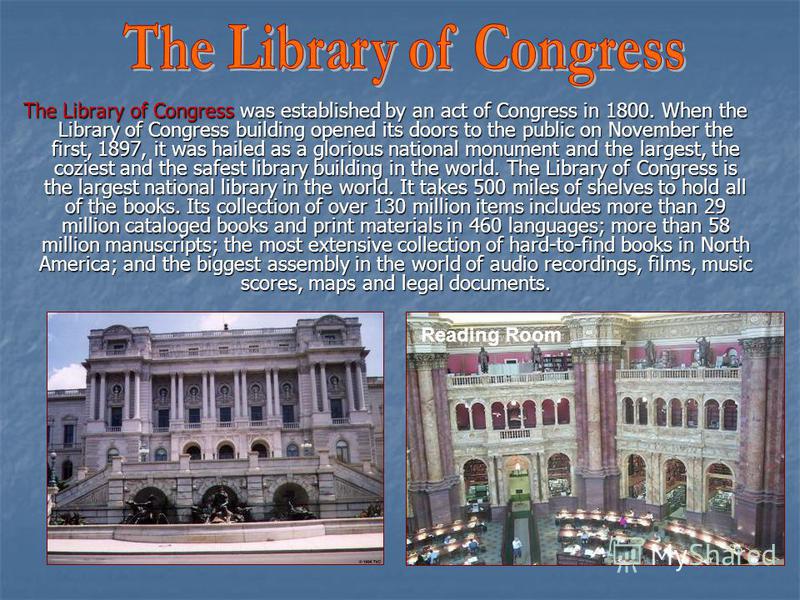
1955 Bandung (Indonesia), Politics: The Afro-Asian Conference ended. It had brought together representatives of twenty-nine non-aligned nations to discuss world events outside the context of Cold War which otherwise dominated international relations. Colonialism, trade barrier, racism, international finance, freedom of the seas, and a numbing litany of condemnations of the USA and USSR filled the agenda. Accordingly, These neutrals were viewed by both the USSR and the USA as enemies. Both were stimulated by the oddity of the People’s Republic of China in attendance as non-aligned. How many leaders can you identify in the picture below. Answers on application.
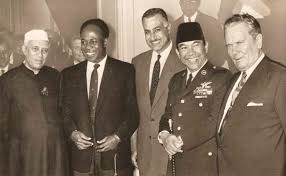
1990 Cape Canaveral (FL), Science: The Space Shuttle Discovery launched the Hubble Space Telescope into a low Earth orbit.It is the most significant advance in astronomy since Galileo’s telescope four hundred years earlier. Below is one of Hubble’s first shots, and it is still snapping away.
